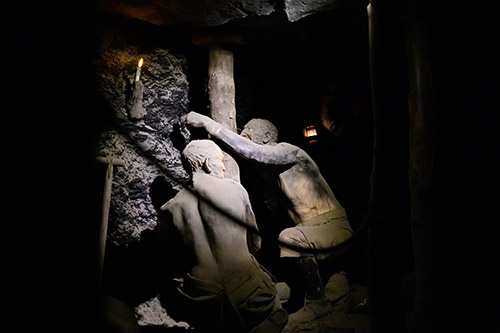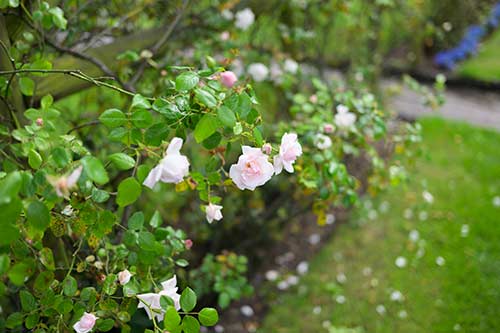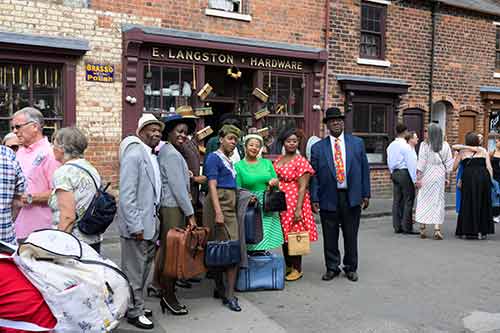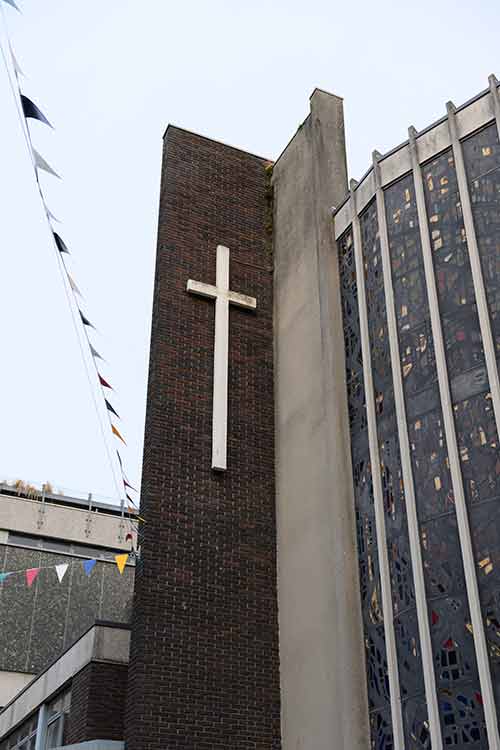Nikon Z8 Review - One Of The Most Complete Hybrid Cameras
Ergonomic Body & Comfortable Positioning
When picking up the Nikon Z8 for the first time, the grip had a sturdy and reassuring feel, the buttons felt tactile and easy to identify, and the proportions made it easy to adjust my grip on the camera. Having borrowed a Nikon D850 before and finding it very comfortable to hold, the Z8 felt just as great and somewhat familiar.
I have larger hands and typically prefer integrated battery grip style bodies simply because I find it more secure and comfortable to hold, however, I found the Z8 grip to be just the right size for my hand without any of my fingers falling off the bottom of the camera, all while having a good thumb placement on the back.
The grip texture was pleasant and didn’t get slippery even when my hands were slightly sweaty from the hot weather. I think many photographers will find the Z8’s grip to be very comfortable and fit well in different-sized hands, altogether improving the shooting experience.
Dual Card & USB-C Slots
The inclusion of both a UHS-II SD card and a CF Express/XQD card slot will be crucial for many videographers and sports photographers required to write at high speeds. Wedding and event photographers who need the security of a backup card will also find the dual card slots incredibly important.
Dual USB-C ports for charging and data transfer modernise the Z8 against previous DSLR models and offer better convenience and charging times. The fact that the camera can charge via one port and transfer data from the other while tethered with software such as Capture One means no swapping out batteries mid-shoot, something that professionals will certainly appreciate.
Capture incredible candid photos with the silent Z8
It took me a while to get used to the silence of a shutterless Z8, I often found myself pressing the shutter button firmer than usual expecting to get some kind of feedback through the body of the camera. I didn’t think it would be such a big element of the shooting experience but for me and my way of working, I enjoy having a tactile response.
Not only did the electronic shutter make candid situations much easier to photograph, but it also made people behave more naturally because they probably didn’t register that someone was taking a photo.
ISO 12800, F2, 1/100 (40mm f2)
Fantastic Results In Lowlight
On a trip to the Black Country Living Museum, I used the camera indoors, outdoors and in one of the darkest possible places to take photos; a coal mine. The autofocus was just as responsive in daylight as it was in the dark. The EVF was bright, large and an absolute joy to use and made manual focusing much easier with the addition of focus peaking.
I was very impressed by the low light ability of the Z8 and the auto white balance worked like a dream in most situations. At ISO 12,800 you can get perfectly usable images and sharp focus with virtually zero chromatic aberration even wide open at f2. The backlit buttons were also crucial in the dark and an excellent feature that I wish more camera manufacturers implemented into their designs.
ISO 64, F2, 1/640 (40mm f2)
Using Adobe Lightroom, I found the raw images very mailable for ISO’s up to around 1600, with only slight colour noise creeping in when shadows have been fully recovered. The dynamic range was very impressive. I found the colours to have a more neutral appearance compared to some other cameras that tend to over-saturate certain hues. Personally, I prefer having a more neutral raw file to work with because it allows you to dial in the contrast and warmth or coolness to your own liking.
The default ISO range of 64-25,600 is particularly useful and gives photographers more options in a wide range of lighting conditions. Outdoor shots with bright sunlight and an ISO setting of 64 delivered extremely clean results and gorgeous colour rendition.
Amazing corner-to-corner sharpness with the newly optimized Z mount
With the completely redesigned Z mount the lens is physically closer to the sensor plane meaning corner sharpness and brightness are much improved. The NIKKOR Z lenses combined with the BSI stacked sensor produce results several steps above what previous DSLRs could produce even with the sharpest lenses.
ISO 1250, F9, 1/800 (40mm f2)
What are the RAW files like to work with?
The skin tones from the SOOC raw files were pleasing to look at and I found the Nikon ‘Neutral’ profile to be a good starting point for lots of different lighting conditions. I was surprised with how well the camera handled darker skin tones because this is an area where many cameras struggle. With a minor bump in contrast and a quick curve adjustment, I managed to get the photos to how I liked them.
Picking the right lens for the job
I used three lenses with the Z8 including the 26mm f2.8, 40mm f2 SE and the 17-28mm f2.8. Out of the three, I found myself drawn to the 40mm as I felt it was the closest to how I personally see the world and its weight and balance on the camera was perfect. The lens also impressed me with its resolving power when paired with the 45-megapixel BSI sensor.
The autofocus was very quick and precise lending itself to being a great documentary and candid portrait lens. For me, the design of the lens is reminiscent of old film-era NIKKOR lenses which gave it a charm (and extra hipster points) that the 26mm and 17-28mm didn’t possess. All the lenses were great performers optically but the 40mm would be the one I’d grab if I wanted a walkaround kit.
ISO 100, F4, 1/125 (40mm f2)
What are my final thoughts?
Overall, I think Nikon has done a great job of condensing the power and ergonomics of the Z9 into a more compact and lightweight package. I believe this is the camera D850 owners have been waiting for and the addition of 8K 60p and 4K 120p video just makes it even more compelling and flexible for videographers.
The one area that the Z8 compromises in is battery life, but that is what the Z9 is for. The key advantage of the Z8 that people may not have considered as much as the amazing specs is the incredible potential longevity of the camera. With no shutter mechanism, there is no concern about shutter life and the usual wear and tear that comes along with it, this futureproofs the camera far more than even high-end professional bodies such as the Canon 1DX series and the Nikon D5, D6 etc.
The Z8 will be both a great upgrade path or second body for professionals currently using the D850, as well as being an ideal hybrid camera for any photographer who requires speed and high resolution. The Z8 is probably one of the most complete hybrid cameras on the market money can buy and may even have the power to make people consider switching systems.
Convinced yet?
Check out the Nikon Z8 Mirrorless Camera Body here>
Read next
- A Creative Introduction to the Nikon Z8 | Hands-On Review
- Nikon Z9 is Built for the Pro
-
Hands-On with the Nikon Z6 II - Trying Mirrorless for the First Time
Thank you!
Thanks for taking the time to read our blog, we really do hope they help you out and answer some of your questions. If you still have some unanswered, then please feel free to get in touch with our team of experts.
We have a LiveChat option on our website and we can, of course, be contacted via our email, we're also on the end of the phone too! Read more on how to contact us here >
Want to write for us?
If you've got experience with producing content on photo, video and/or optics products or techniques then we would love to hear from you. Contact our blog editor, Bea, with a sample of your work at [email protected].
- By Alex Mitchell
- 6 Oct 2023







































































